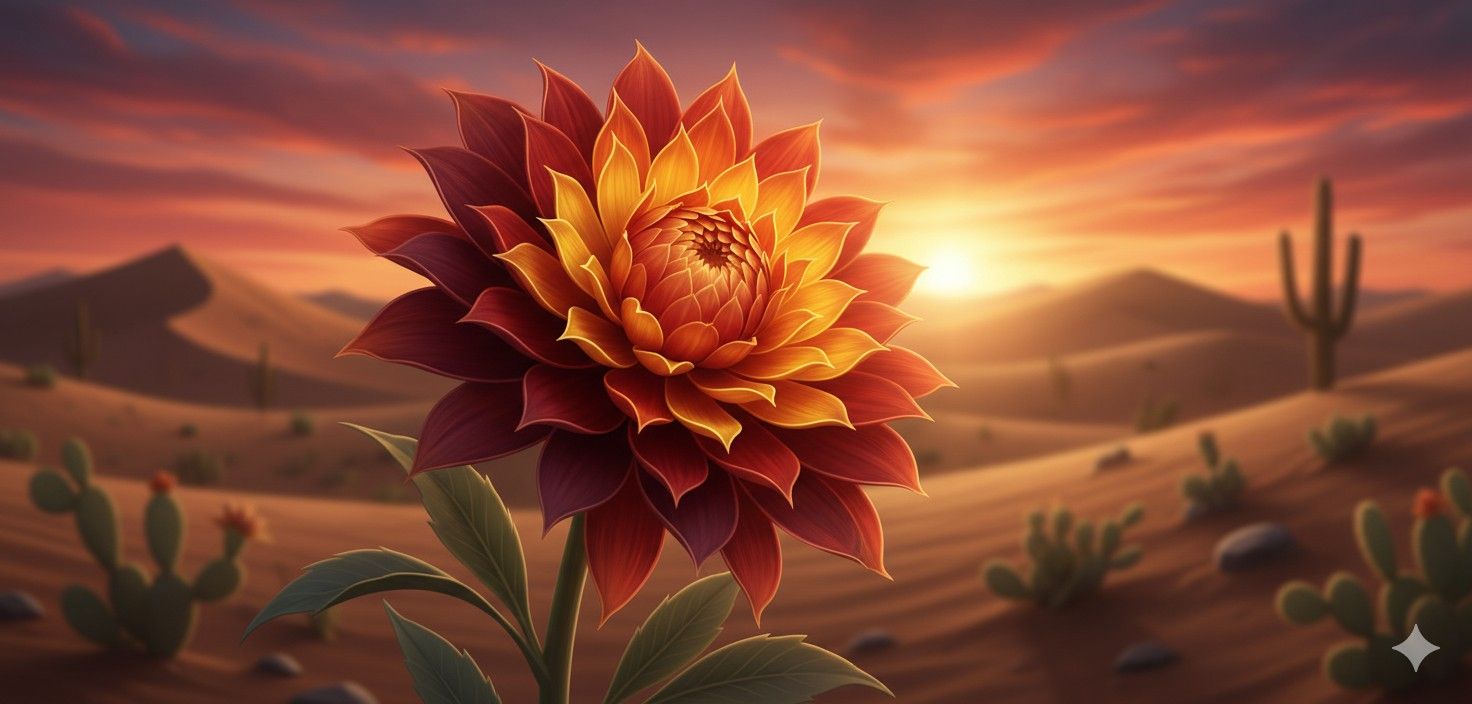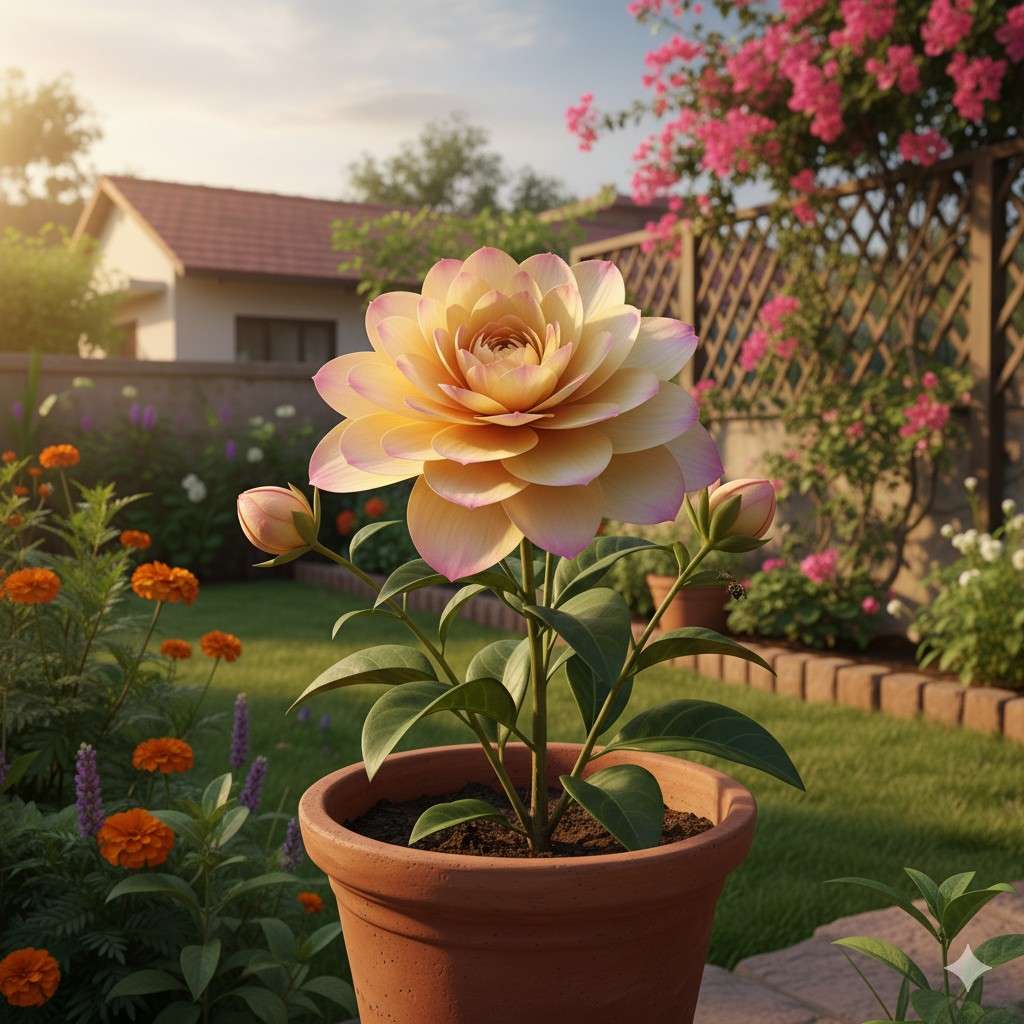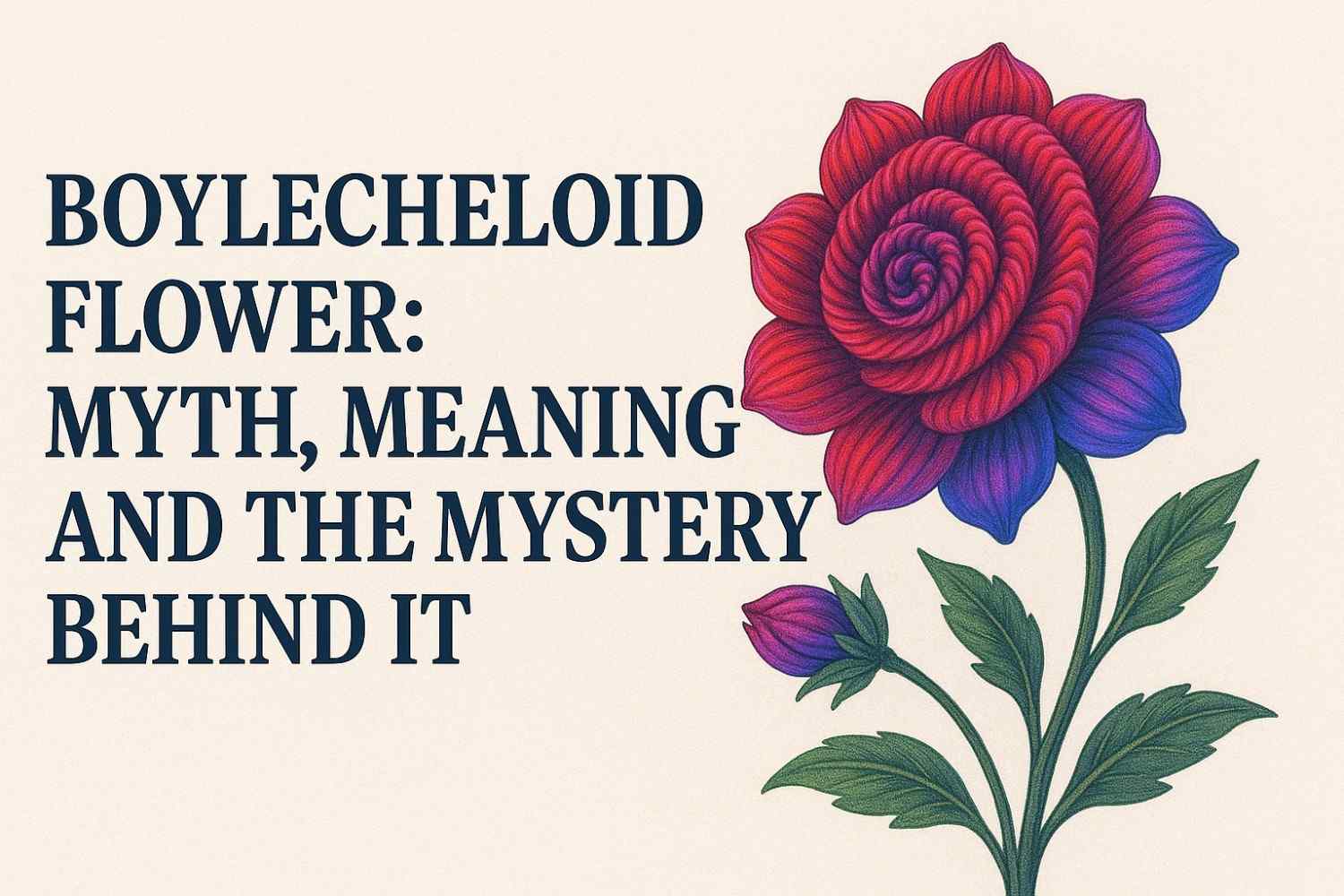I first stumbled across the term boylecheloid flower while scrolling through a random nature forum. The pictures were stunning—bright spiral petals, glowing edges, even claims that the blooms shifted colors with the sun. But something about it felt… off. As someone who keeps a close eye on plant trends and online plant myths, I had to dig deeper. What I found was even more fascinating than the photos themselves.
What Is the Boylecheloid Flower Supposed to Be?
The boylecheloid flower is often described as a rare, ridge-petaled bloom found in remote highlands. Bloggers claim it was “discovered by a 19th-century botanist named Boyle” and named for its “keloid-like” petal ridges. Many posts show it glowing in deep crimson, violet, or electric blue hues.
Here’s the catch: no official botanical databases—including , , and —list any record of such a plant. No herbarium specimens, no scientific papers, nothing. That means it likely doesn’t exist as a real species.

Where Did the Boylecheloid Flower Trend Come From?
Tracing the origin of the boylecheloid flower leads to some curious breadcrumbs. Early mentions appeared in old quiz databases and word games as a scrambled word, not a plant name. Then, lifestyle blogs picked it up in late 2025, spinning it into a “rare botanical wonder.”
This kind of viral myth isn’t uncommon. With AI-generated images and SEO-optimized posts spreading fast, made-up plants can appear real at first glance. The boylecheloid flower seems to be another example of internet folklore dressed up as botany.
Which Real Flowers Resemble the Boylecheloid Flower?
Even though the boylecheloid flower isn’t real, several real flowers have features similar to the descriptions circulating online. For example:
- (passion flower) has striking radial filaments and unusual structures that look otherworldly.
- blooms mimic rose-like spirals and can come in vibrant purples and blues.
- has been falsely claimed to be the boylecheloid flower in some posts, though it lacks the ridged, keloid-like petals described.
If you’ve seen an image labeled as a boylecheloid flower, it’s likely an edited photo of one of these species or a purely AI-generated design.

Why Is the Boylecheloid Flower Going Viral?
The mystery is part of its charm. The word “boylecheloid” sounds scientific, which gives it an air of credibility. Add visually striking images, dramatic backstories, and poetic symbolism (rebirth, transformation, resilience), and you’ve got a perfect recipe for viral success.
Blogs have been using the term in keyword-packed titles, FAQ sections, and click-worthy headlines to ride the trend. But none of them offer verifiable data, which is a red flag if you care about factual plant knowledge.
How to Spot Misinformation About the Boylecheloid Flower
If you’re wondering how to avoid falling for plant myths like this, here are a few quick checks:
- Use plant databases: Search names on Kew’s Plants of the World Online or GBIF.
- Reverse image search: Upload suspicious flower photos to see if they come from stock image sites or AI art platforms.
- Check for Latin names: Real plants have binomial names (genus + species). The boylecheloid flower has none.
- Look for herbarium records: Legitimate species usually have physical specimens documented somewhere.
These steps can help you separate internet myths from real-world botany.
FAQs About the Boylecheloid Flower
1. Is the boylecheloid flower real?
No. There are no scientific records, botanical descriptions, or herbarium specimens for a plant named boylecheloid flower. It appears to be a viral internet creation rather than a recognized species.
2. Can I buy boylecheloid flower seeds?
You shouldn’t. Any site selling “boylecheloid seeds” is almost certainly offering mislabeled seeds or running a scam. Stick to verified seed sellers who list actual botanical names.
3. What flower is mistaken for the boylecheloid flower?
Some blogs claim it’s , but that species has flat, daisy-like petals. Others use edited photos of or to match the fictional description.
4. Why is the boylecheloid flower so popular online?
It blends mystery, beauty, and rarity—three things that make content go viral. Social media algorithms reward eye-catching visuals and trending keywords, which fuels its spread despite the lack of evidence.
Busting the Bloom: Clearing the Air on the Boylecheloid Flower
After digging into the claims, images, and lack of scientific evidence, it’s safe to say the boylecheloid flower is a digital myth, not a botanical reality. Its rise shows how quickly misinformation can blossom when paired with stunning visuals and strategic SEO.
If you love strange and beautiful plants, explore real species like passion flowers or lisianthus—they’re just as striking and actually exist. And next time you spot a “rare” plant online, do a quick fact-check. Not every viral bloom is rooted in reality.

